An interesting comment from both
@Hamish Gill and
@Glenn Clabo; not liking their own photographs.
Liking something is a very personal thing but is often guided by expectations and comparisons, so I wonder what Hamish and Glenn expect to see when they view their own photographs or compare them to.
Liking something as concrete as beer or chocolate or big tits or the color blue is easier to understand. Sometimes it's even linked to genetics, but more often it's an accumulated feeling associated with experiences as well as some instinctive reactions that might well be associated with keeping us alive.
On the other hand, conceptual stuff like a photograph are 'liked' for some peculiar reasons. Some of it has to do with our own experiences but more often it is related to trends, comparisons, expectations, ethics, associations and understanding. Peculiarly enough, we often mistake the photograph for the real thing and like or dislike it for that reason.
But, as we know, a photograph is an entity unto itself. It stands alone but is interpreted by many. If someone dislikes their own photographs it may not be the photograph that is at fault. It may well be that the dissatisfaction comes from the over stretched and unrealistic capacity of the photographer to 'make the grade' as it were; ie, to match up to current external expectations.
Why this is so is a difficult thing to grasp. If photography was a competition or was meant to please others we would be well justified in determining our standards based on the approval of others. But as some of you have already stated, most of your photographs are for pleasure; your own pleasure. If we continue to take photographs we don't like surely the end point is to stop taking photograph, unless we all have a masochistic streak. This is also counter-intuitive since most of us agree that negative feedback is in poor taste but we are willing to give it to ourselves. How does that work for us? Surely we would believe ourself in preference to others.
So, how do we overcome this negativity in our own abilities?
Firstly, know the value of what you do. Talbot had no idea what the outcome would be for his process when he wrote The Pencil of Nature but he did know that each photograph would be or value to those who took it and those who would view it in the future. He saw it as a personal value more than a commercial one. The family, a building, a distant destination, some farmers in a field, a piece of lace and a shadow in a doorway; each being recorded because they held some special interest and special meaning to the photographer. He also knew that the viewer might see something different. The piece of lace reminds someone of their home, a building takes the interest of an historian, a distant mountain stimulates a young man to travel, a torso encourages another to paint.
There were no 'rules' for composition or content or how the image must look. Clarity was the keystone. Not just clarity of content but clarity of thought. When the idea is clear the photograph is as well. In almost 200 years we have endeavor red to clarify our ideas and transpose the onto a flat surface, then preserve it for future generations. It doesn't need to be beautiful. Nor does it need to be 'liked'. It just needs to be understood.
We are not talking works of art here, or commercial photography. We are talking about the 30 billion photos posed on Flickr alone last year Nd the rest we hide on our hard drives. Each and every one of them is there to be enjoyed because they are the view of another persons world, a place you have never been, someone you have never met, something you can ponder for a moment and perhaps dream.
This is why you should enjoy all your photos. This is why there is no comparison. This is why there are no 'rules'. This is why we do this thing. It's shit easy. Just pick up a camera, point and press. Do you know why Talbot developed his process of fixing the image? He states quite clearly it was because he couldn't draw. I'm so glad he could draw.
Cheers
Tom
